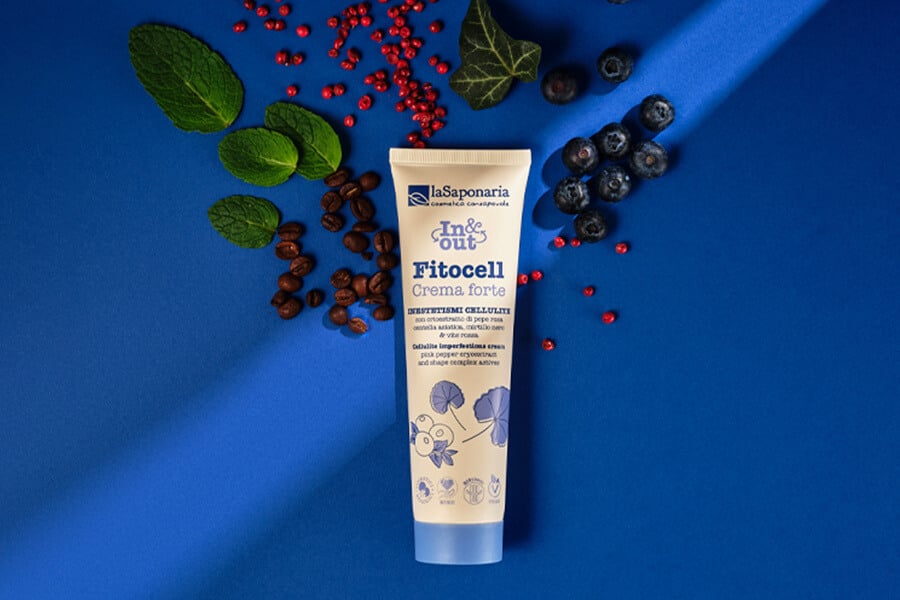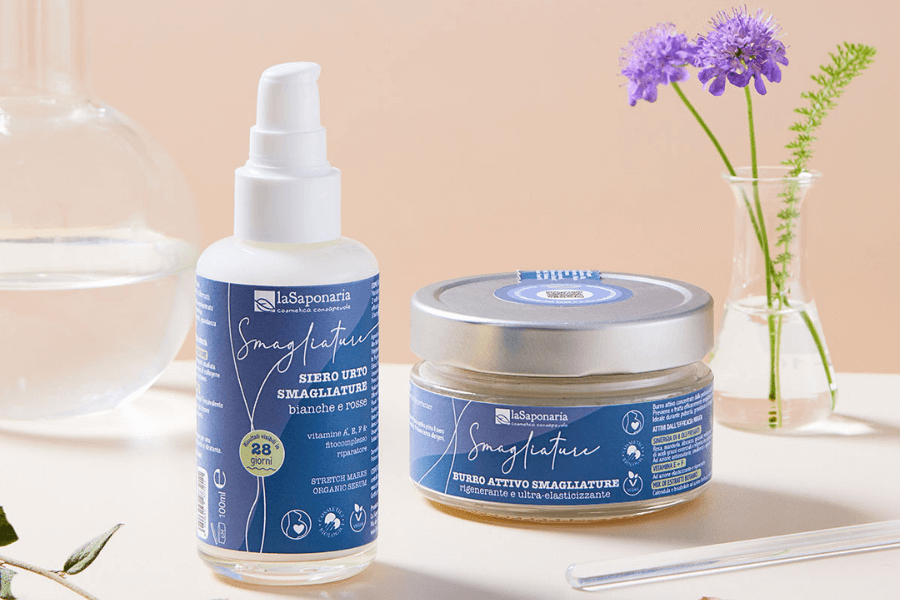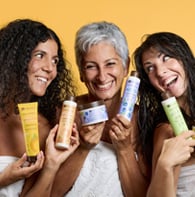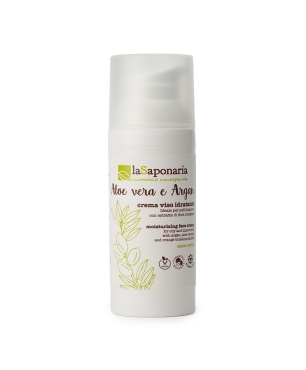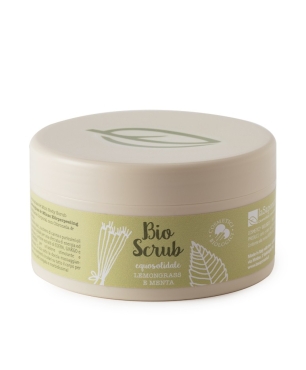- Call us! +390721 911004
- Write a message
- Whatsapp +39 377 3844777
- Become a reseller
- Test and E-book
- Location and contacts
-
MenuBack
-
Organic cosmetics
-
-
space
-
-
-
-
-
-
-
Discover your beauty routine
-
-
Skin care
-
Hair care
-
Body Care
- Best Seller
- Routines
-
DIY
-
-
space
-
-
-
-
-
-
PRODUCTION TOOLS
-
-
DOWNLOAD THE RECIPES
-
-
-
Organic library
-
-
BEAUTYBLOG
-
-
-
GLOSSARY
-
-
-
DO-IT-YOURSELF RECIPES
-
-
-
TEST AND E-BOOK
-
-
About us
-
-
space
-
-
-
-
-
PHILOSOPHY
-
-
-
NATURAL COSMETICS
-
-
-
FLAGSHIP STORES
-
-
-
Sustainability
-
-
space
-
-
-
BENEFIT COMPANY
-
-
-
ETHICAL CHAIN
-
-
-
SUSTAINABLE PACKAGING
-
-
-
SUSTAINABILITY IN THE COMPANY
-
-
-
Supported projects
-
NOTICES AND AWARDS
-
-
-
Business Area
-
-
space
-
-
-
OPEN A FLAG SHIP STORE
-
-
-
BECOME A RESELLER
-
-
-
PRIVATE LABEL
-
ACCOMMODATION FACILITIES
-
-
-
RESELLERS LOGIN
-
-
-
Resellers
-
-
RESELLERS RESOURCES
-
-
-
OPEN A FLAGSHIP STORE
-
ACCOMMODATION FACILITIES
-
PROMOTIONAL MATERIAL
-
-
-
RESELLERS NEWS
-
REGISTER YOUR SHOP
-
-
-
REFILL ROLL-ON BIODEOs
-
-
-
HAIR LINE
-
-
- Store locator
Cane sugar

INCI NAME:
Saccharum Officinarum Extract
ORIGIN:
Vegetal
FUNCTION:
Exfoliating, moisturizing
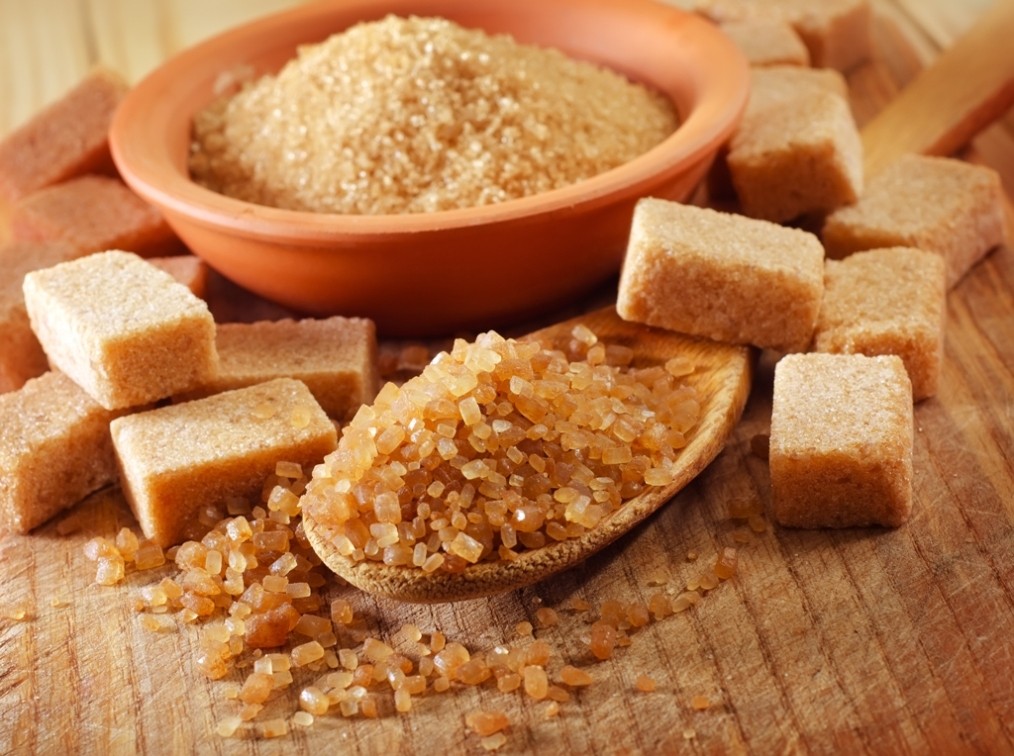
This is an automatic translation
Cane sugar comes from the sugar cane plant (Saccharum officinarum in botany), which belongs to the Graminaceae family. Sugar cane is a plant of Indian origin, it arrived in Europe, in particular in Spain in 700 AD. thanks to the Arabs, from here their discovery subsequently spread to the Americas. Today sugar cane is mainly grown in Central and South America. Sugar cane is made up of cylindrical stems that reach a height of 6 m and a diameter of about 4-7 cm. Inside this cylinder there is a sugary juice from which the cane sugar is extracted.
To obtain it, the sugar cane is cut, the leaves are removed and then it is squeezed and the juice (a syrup called molasses) thus obtained is concentrated by boiling. This juice is then dried in pats, grated or dried and mixed until it is crushed into granules. Unlike ordinary white sugar, which is often made from beets rather than cane, brown sugar does not undergo chemical refining.
From a cosmetic point of view, brown sugar contains glycolic acid which is a natural exfoliant. Furthermore, its granules, being smaller than those of salt, are less aggressive and therefore to be chosen for the most delicate areas, such as the face or personally sensitive parts. By carrying out this scrub, the superficial cells are removed allowing skin regeneration and leaving a smoother and brighter effect on the skin. Furthermore, it is able to retain water, for this reason it can be considered a good moisturizer for the skin.
Fair trade supply chain
The cane sugar we use in our cosmetics comes from Peru from Cooperativas Sin Fronteras, an international non-profit cooperative organization made up of 30 associations and cooperatives of organic and fair trade farmers operating in eight Latin American countries (Argentina, Peru , Brazil, Costa Rica, Nicaragua, Guatemala).
These small producers have organized themselves around the principles of fair and organic trade in order to directly market quality products that enhance the uniqueness and natural characteristics of the environment they come from, while at the same time adopting organic, agroforestry and biodynamic farming systems. T
The added value is retained in the countries of origin, making small producers protagonists of their market.
All the organizations involved work in the organic field and the products comply with the fair trade criteria set by Fairtrade.





